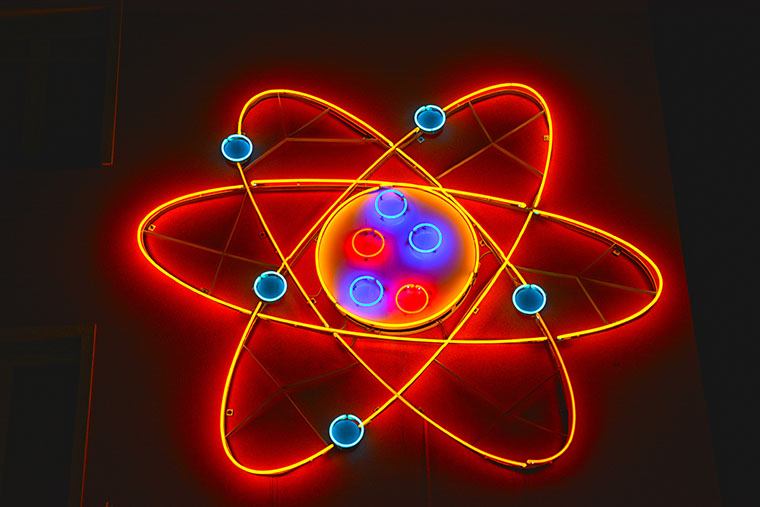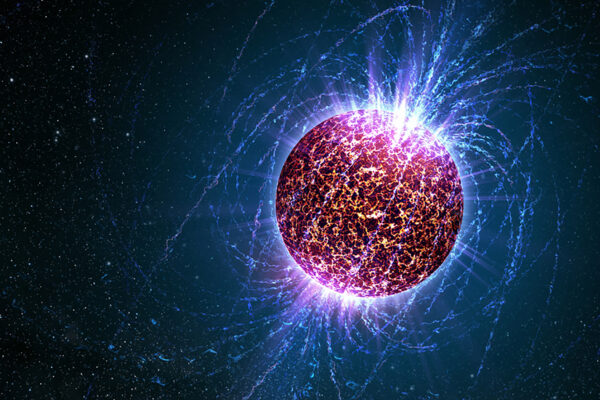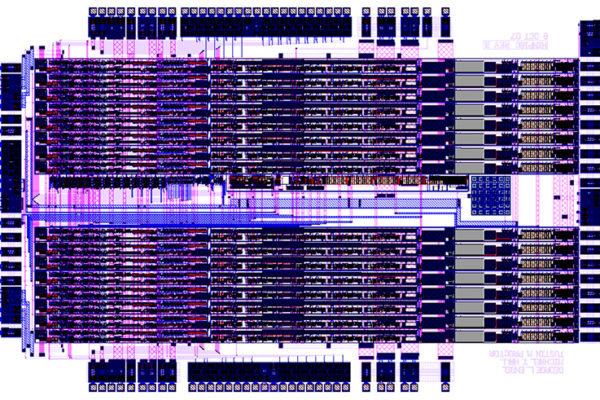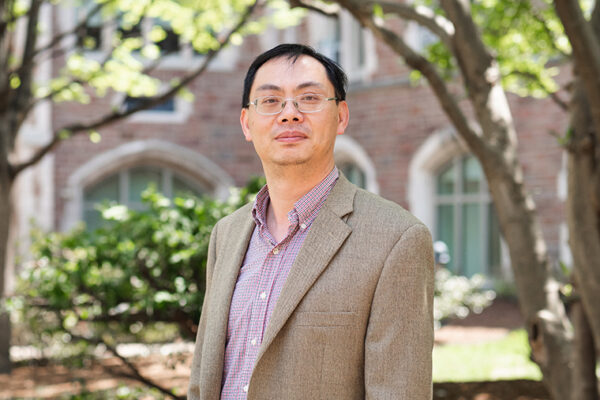In nuclei, all the fundamental forces of nature are at play. The dense region at the center of an atom — where the protons and neutrons are found — is a place where scientists can test their understanding of the fundamental interactions of the smallest building blocks of matter in the universe.
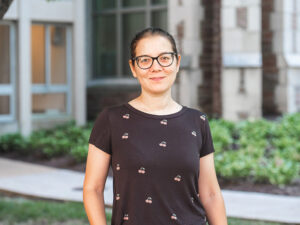
Saori Pastore, assistant professor of physics in Arts & Sciences at Washington University in St. Louis, helps explain what happens in nuclei when they decay, scatter among each other or come into contact with subatomic particles.
Her recent publication, “Weak Transitions in Light Nuclei,” in November’s Frontiers in Physics, contributes to a body of increasingly accurate, descriptive calculations of nuclear structure and reactions.
Pastore’s nuclear theory research directly complements experimental work in the national nuclear and particle physics program, like the work that will be conducted at the Facility for Rare Isotope Beams (FRIB), a $760-million user facility that the Department of Energy (DOE) is building at Michigan State University (MSU). Washington University physicists have collaborated for decades with researchers at MSU, a Midwestern hub for nuclear science.
Pastore is the principal investigator of a new grant from the DOE Office of Science, “Quantum Monte Carlo calculations of lepton-nucleus interactions.”
“Here at Washington University, we perform microscopic calculations of nuclear structure and reactions using theoretical and computational methods,” Pastore said. “This allows us to fully retain the complexity of nucleonic correlations and dynamics, which are crucial to explain nuclear properties.
“We provide the community with an accurate estimate of nuclear effects,” she said.
With her new DOE grant, Pastore is tackling the calculation of beta decay rates in light nuclei. A recent Physical Review C publication, written with first author Garrett King, a graduate student in physics at Washington University, lays out the approach.
“In beta decay, a neutron inside the nucleus decays into a proton with the emission of an electron and an antineutrino,” Pastore said. “These rates are known experimentally with great accuracy. We use them to test the validity of our microscopic model.
“We will use the grant to continue this program of calculating interactions of neutrinos with nuclei — in particular, processes for which experimental data are scarce or hard to attain or unknown,” she said.
Pastore works closely with collaborator Maria Piarulli, assistant professor of physics, and members of the university’s Quantum Monte Carlo Group to advance the university’s work with researchers using the new FRIB. She is also part of the McDonnell Center for the Space Sciences’ Particle and Nuclear Physics, Cosmology and Gravitation research group.
A native of Salento, Italy, Pastore used to travel a lot for conferences and collaborations. Now, because of the COVID-19 pandemic, much of that work is being done online.
“It’s easier for theorists to move everything online,” Pastore said. “It is a little bit tiring at times, but nothing insurmountable. I feel very lucky that I can keep working and seeing my collaborators virtually.
“I think what is missing really is some sort of quality time with the collaborators, by that I mean informal settings to chat and have a coffee,” she said. “Which is, I guess, what we all miss in general.”
